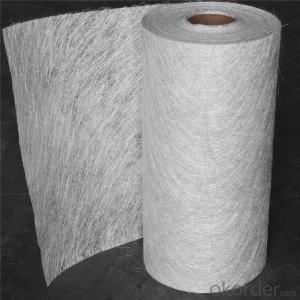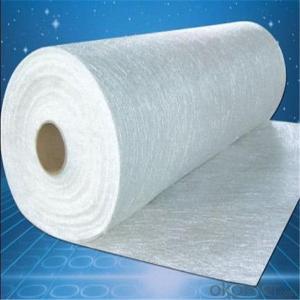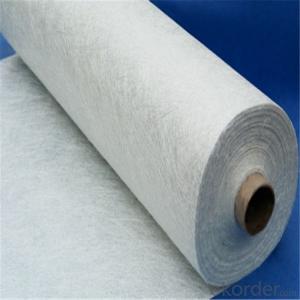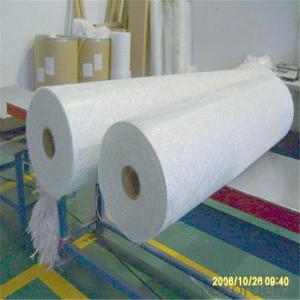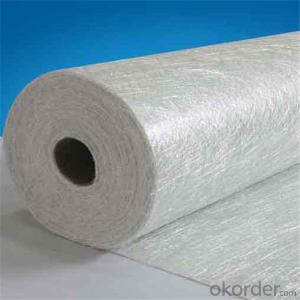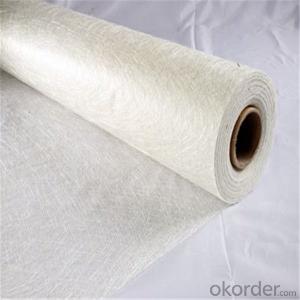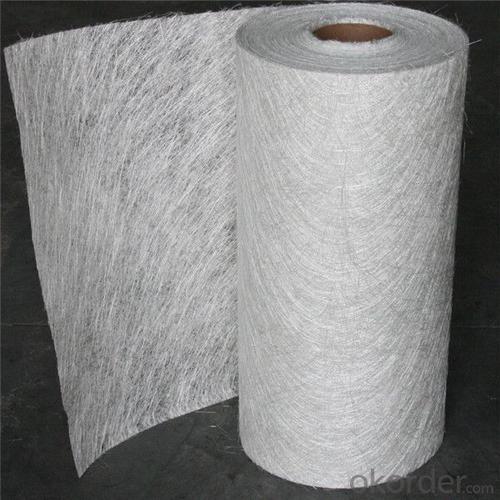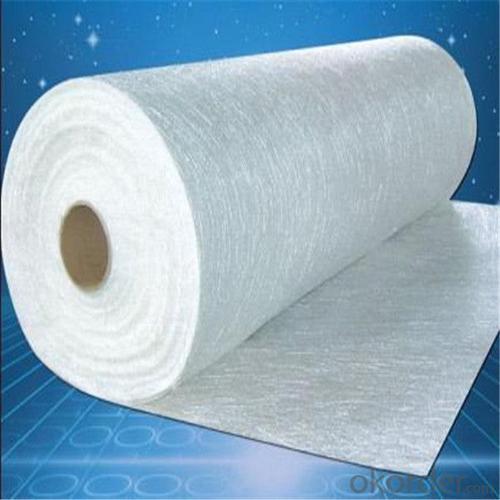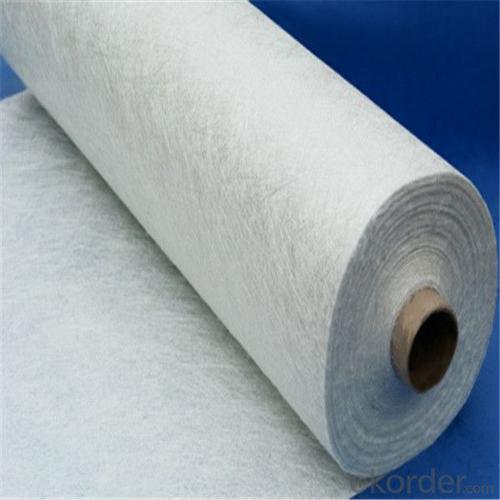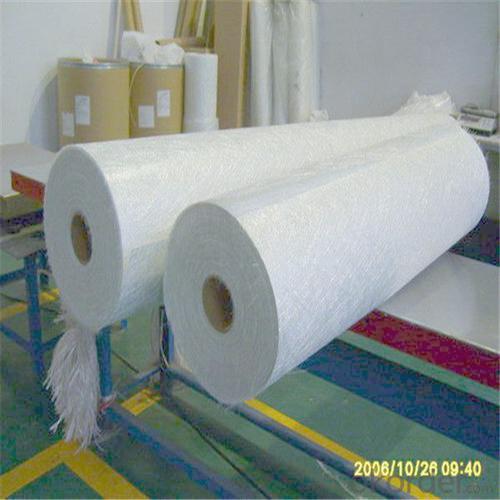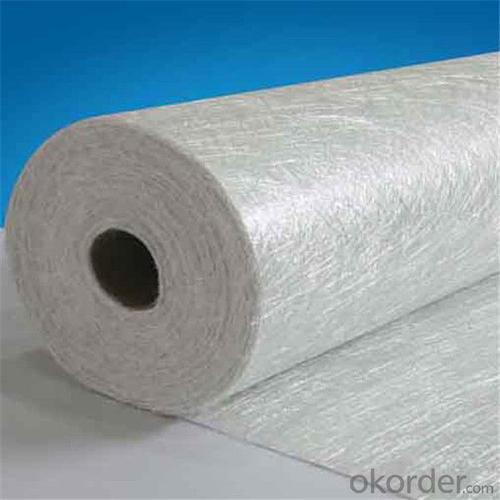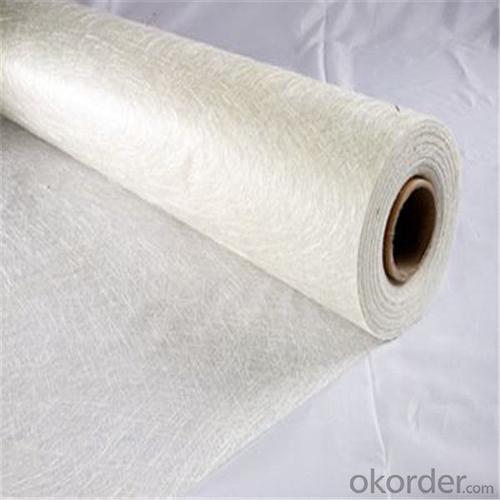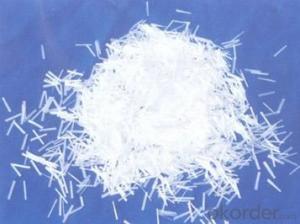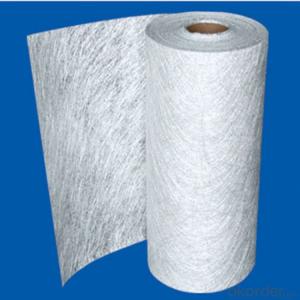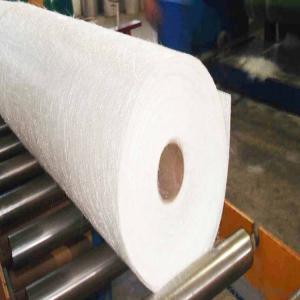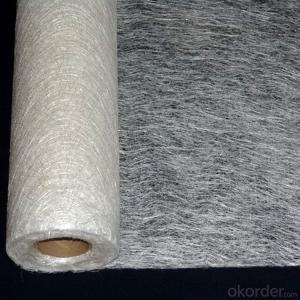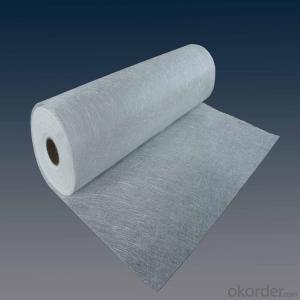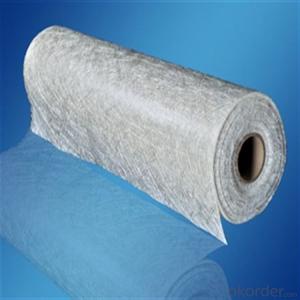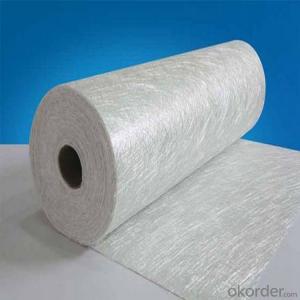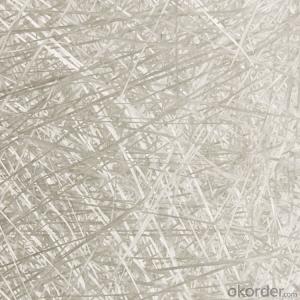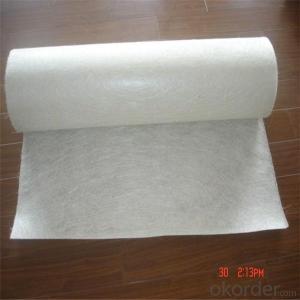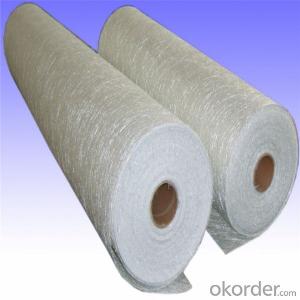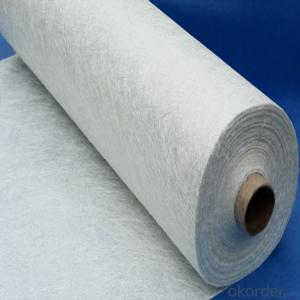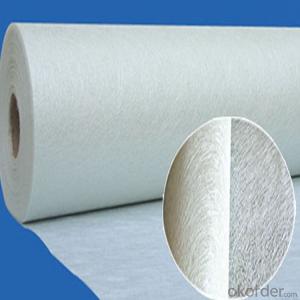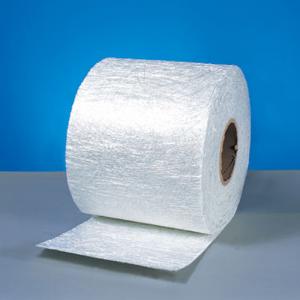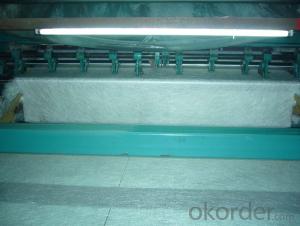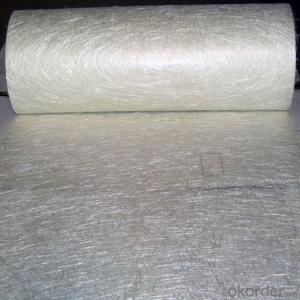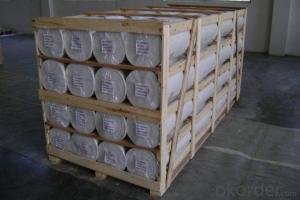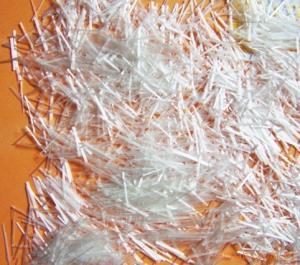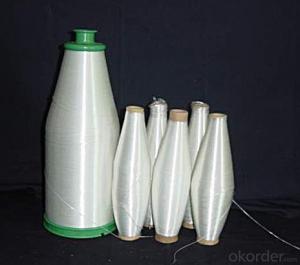Fiberglass Chop Strand E-Glass Chopped Strand Mat and Woven Fiberglass Cloth
- Loading Port:
- Tianjin
- Payment Terms:
- TT OR LC
- Min Order Qty:
- 100 m.t.
- Supply Capability:
- 10000 m.t./month
OKorder Service Pledge
OKorder Financial Service
You Might Also Like
Quick Details
| Technique: | Chopped Strand Fiberglass Mat (CSM) | Dimensions: | 80g - 900g | Mat Type: | Continuous Filament Mat |
| Fiberglass Type: | E-Glass | Softness: | soft, very soft | Place of Origin: | Shandong, China (Mainland) |
| Brand Name: | cnbm | Model Number: | CSM | material: | fiberglass |
| Glass type: | E glass / C glass | Bond type: | powder or emulsion | Roll width: | 200 - 2600mm |
| Roll weight: | 28 - 55kgs | Density: | 225g/m2, 300g/m2, 450g/m2 | Certification: | ISO, CE |
Packaging & Delivery
| Packaging Details: | standand export packing . or packed as customer's need |
| Delivery Detail: | 10-20days after the contract is effective |
Specifications
Fiberglass Chopped Strand Mat
1.good combination fo resin
2.easy operation
3.good wet strength retention
Specification:
Fiberglass Chopped Strand Mat is an non-woven E- or C-glass fiberglass fabric manufactured by spreading continuous filament rovings of 50mm in length randomly and uniformly in combination with polyester binder in power form (or other binder in emulsion form). Powder or Emulsion fiberglass fiber chopped glass mat
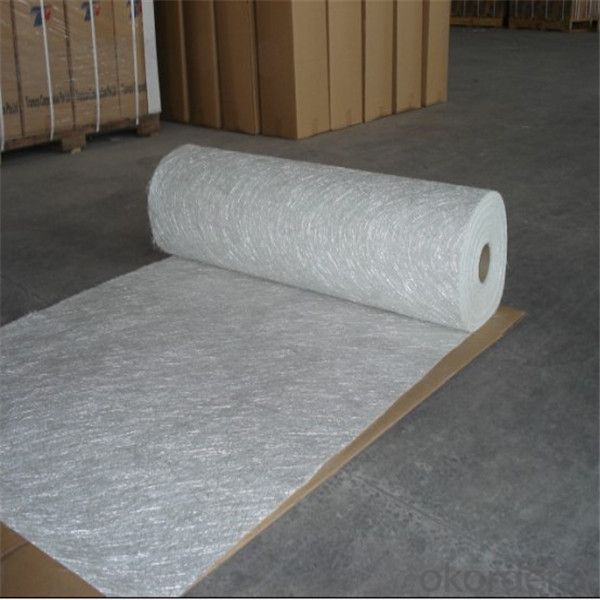
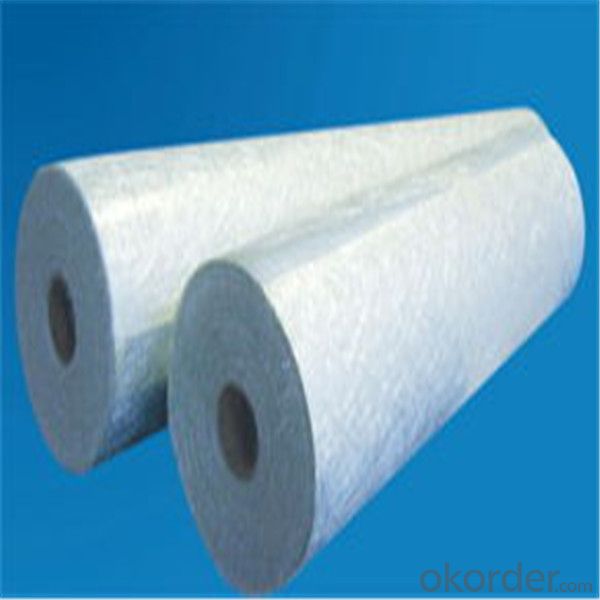
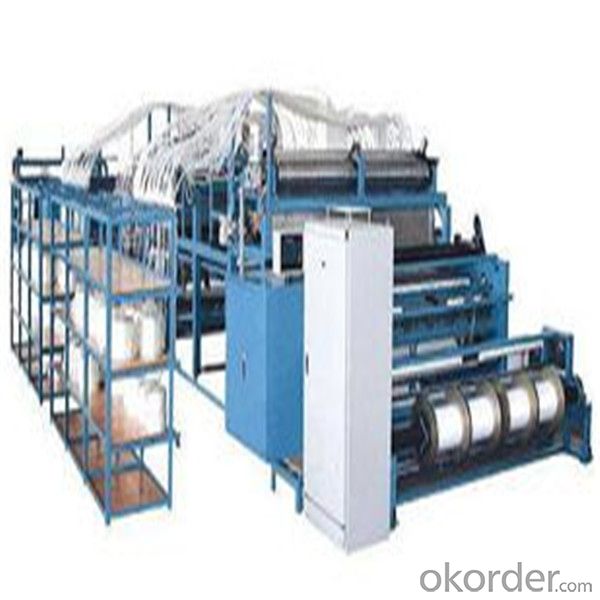
- Q: Is fiberglass chopped strand compatible with thermoplastic resins?
- Yes, fiberglass chopped strand is compatible with thermoplastic resins. Fiberglass chopped strand is commonly used as a reinforcement material in thermoplastic composites. The chopped strands are typically mixed with thermoplastic resins, such as polypropylene (PP) or polyethylene (PE), and then processed using techniques like injection molding or extrusion. The thermoplastic resin melts during processing, allowing the chopped strands to be uniformly distributed throughout the material. This combination of fiberglass chopped strand and thermoplastic resin results in a strong and durable composite material that is widely used in various industries.
- Q: Can fiberglass chopped strand be used in construction?
- Yes, fiberglass chopped strand can be used in construction. It is commonly used as a reinforcement material in various construction applications such as concrete, roofing, insulation, and composite panels. It enhances the strength, durability, and fire resistance of the construction materials.
- Q: How to design toxic liquid container on ordinary pressure? ?
- Color should be in accordance with the provisions of Table 3, It is not easy to fall off with tank welding and repair welding. First smear the soap water in outside of the tube and immerse it under the water.12.4 ~ 4 and.4, moisture tank rubber products corrosive liquid fire equipment in the store, corrosion resistance and oil resistance, liquid injection port sealing test technology of.4 file includes the following.7.4.4 tank hole and liquid injection port 4.5 strength layer the corrosion resistant resin as base material 11 tank factory inspection surface hardness value should reach 34 or more. 4; 484-1999 T automotive paint coating 3 defines this standard using the following definitions.1.2.3 4. 3, its minimum wall less than 5mm End socket should be oval-shaped one Nitrogen should be set in the right side with the resin content 30%-50% Close the inlet valve Set crosswise swash plate in the tank. Test bench test on a dedicated vent valvechecking table . 5.3.2 Tank mark a) The tank must be sprayed around the center line of the level of the tank to present the variety of the thing which is transporting: a) Name of manufacturing unit. 5, the test method according to the 5, the outer surface should be smooth and bright, so that the oxygen content is 18% ~ 23% (volume ratio).
- Q: What are the acoustic insulation properties of fiberglass chopped strand?
- Fiberglass chopped strand has excellent acoustic insulation properties due to its unique composition and structure. The chopped strands are made of fine glass fibers that are randomly oriented and bonded together using a resin or binder. This arrangement creates a dense and fibrous structure that effectively absorbs sound waves. The primary mechanism through which fiberglass chopped strand provides acoustic insulation is by reducing sound transmission. When sound waves hit the surface of the fiberglass, they are converted into mechanical vibrations, which are then absorbed and dissipated within the fibrous structure. This absorption process significantly reduces the amount of sound that passes through the material, resulting in a quieter environment. Additionally, the dense and fibrous nature of fiberglass chopped strand helps to dampen and attenuate sound. The numerous air pockets and interlocking fibers within the material create a high level of internal friction, which effectively dissipates sound energy. This not only reduces the intensity of sound but also helps to prevent the transmission of vibrations and resonance. Furthermore, fiberglass chopped strand is known for its excellent thermal insulation properties, which can indirectly contribute to acoustic insulation. The material's ability to resist heat transfer helps to maintain a consistent temperature, which can reduce the occurrence of sound-reflecting surfaces and minimize the amplification of noise. Overall, fiberglass chopped strand is a highly effective material for acoustic insulation. Its dense and fibrous structure, along with its ability to absorb, dampen, and attenuate sound waves, make it an ideal choice for applications where noise reduction and control are essential, such as in construction, automotive, and industrial settings.
- Q: Can fiberglass chopped strand be used for reinforcing concrete structures?
- Yes, fiberglass chopped strand can be used for reinforcing concrete structures. It is commonly added to concrete mixtures to improve its tensile strength, reduce cracking, and enhance overall durability. The fiberglass strands provide reinforcement and improve the structural integrity of the concrete, making it suitable for various construction applications.
- Q: Can fiberglass chopped strand be used in high temperature applications?
- Typically, high temperature applications do not call for the use of fiberglass chopped strand. Although fiberglass possesses a high melting point, the chopped strand variant lacks the ability to endure extreme temperatures. Chopped strand comprises short, discontinuous fibers that are ill-equipped to endure prolonged exposure to high heat. For situations involving high temperatures, it is more suitable to employ continuous strand fiberglass or other materials that are specially engineered to withstand these conditions.
- Q: Is fiberglass chopped strand suitable for renewable energy applications?
- Fiberglass chopped strand is indeed suitable for renewable energy applications. Known for its strength, durability, and corrosion resistance, fiberglass is an excellent choice for various renewable energy applications. For instance, in the field of wind energy, manufacturers commonly use fiberglass chopped strand to produce wind turbine blades. The material's high tensile strength and ability to withstand harsh weather conditions make it a perfect fit for this purpose. Additionally, fiberglass's lightweight properties are crucial in reducing blade weight and maximizing energy production. Moreover, fiberglass chopped strand finds application in the construction of solar panels. Its excellent electrical insulation ensures the efficiency and safety of solar panels. Furthermore, fiberglass's high thermal resistance allows the panels to endure extreme temperatures and have a longer lifespan. Furthermore, hydroelectric power equipment manufacturing can also benefit from the use of fiberglass chopped strand. Its resistance to corrosion makes it suitable for withstanding the harsh conditions found in hydroelectric power plants, including exposure to water and moisture. To sum up, fiberglass chopped strand is a reliable and effective material for a wide range of renewable energy applications. Its strength, durability, and resistance properties make it an ideal choice for wind energy, solar power, and hydroelectric power applications.
- Q: How does the impact resistance of fiberglass chopped strand compare to other reinforcing materials?
- Fiberglass chopped strand is widely recognized for its superior impact resistance compared to other reinforcing materials. Its high strength-to-weight ratio enables it to endure significant impact forces without fracturing or distorting. In contrast, materials like steel or aluminum may exhibit satisfactory impact resistance, but their higher density and weight can restrict their effectiveness in certain applications. Furthermore, when juxtaposed with natural fibers such as jute or cotton, fiberglass chopped strand presents considerably greater impact resistance. Natural fibers tend to be less robust and possess lower tensile strength, rendering them more vulnerable to impact damage. In conclusion, fiberglass chopped strand offers a harmonious combination of strength, lightness, and impact resistance, rendering it a preferred option for numerous applications where durability and resilience are crucial considerations.
- Q: How is fiberglass chopped strand different from fiberglass roving?
- Fiberglass chopped strand and fiberglass roving share similarities as reinforcement materials used in various industries, yet they differ significantly in several key aspects. To begin with, their manufacturing processes vary. Fiberglass chopped strand is created by cutting continuous glass fibers into short lengths, which are then bundled together using a sizing agent. Conversely, fiberglass roving is produced by directly pulling molten glass through a bushing, resulting in continuous filaments. Another distinguishing factor is the length of the fibers. Typically, fiberglass chopped strand consists of shorter fibers, ranging from 1/8 to 2 inches in length. In contrast, fiberglass roving comprises longer continuous strands that can span from 100 to 400 yards. Their applications also set them apart. Due to its shorter fiber length, chopped strand is commonly utilized as a reinforcement material for thermoplastic and thermosetting resins. It excels in processes such as injection molding and compression molding, where short fibers need to be evenly distributed within the matrix. On the other hand, fiberglass roving finds its place in applications requiring longer continuous fibers, like filament winding, pultrusion, and hand lay-up processes. Furthermore, the mechanical properties of these materials differ. Chopped strand offers excellent impact resistance, dimensional stability, and overall strength. However, its tensile strength tends to be lower compared to roving due to the short fibers. In contrast, fiberglass roving, with its longer continuous fibers, provides higher tensile strength, as well as superior resistance to fatigue and creep. In conclusion, the disparities between fiberglass chopped strand and fiberglass roving lie in their manufacturing processes, fiber length, application, and mechanical properties. Recognizing these distinctions plays a pivotal role in selecting the appropriate material for a specific application.
- Q: Can fiberglass chopped strand be used in aerospace structural components?
- Yes, fiberglass chopped strand can be used in aerospace structural components. It is a commonly used material for various aerospace applications due to its lightweight, high strength-to-weight ratio, and excellent corrosion resistance properties. Additionally, it can be easily molded into complex shapes, making it suitable for aerospace structural components that require intricate designs.
Send your message to us
Fiberglass Chop Strand E-Glass Chopped Strand Mat and Woven Fiberglass Cloth
- Loading Port:
- Tianjin
- Payment Terms:
- TT OR LC
- Min Order Qty:
- 100 m.t.
- Supply Capability:
- 10000 m.t./month
OKorder Service Pledge
OKorder Financial Service
Similar products
Hot products
Hot Searches
Related keywords
